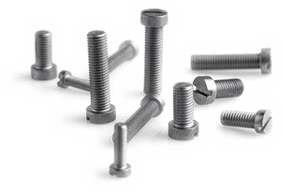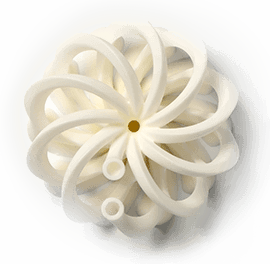Overview
We are specialized in development and production of technical ceramics applying Ceramic Injection Moulding (CIM). Technical ceramics enable producing highly temperature-, biological-, chemical-, and wear resistant products that can be used in high tech industries, but also for exclusive consumer goods. The unique characteristics of technical ceramics excel in complex applications that require durability, abrasion resistance and extreme hardness.
Ceramic Injection Moulding (CIM) is an advanced manufacturing technology. An innovative production process providing cost effective solutions through complex net shape technical ceramic components in medium to large size batches. By being able to produce within or near net shape we can limit or even exclude post-machining, reducing time and labor, thus cost.
We help you to maximize benefit of the outstanding properties that technical ceramics offer. With our dedicated knowledge and expertise of material we support you with selecting, designing and processing your advanced ceramic solutions through CIM.
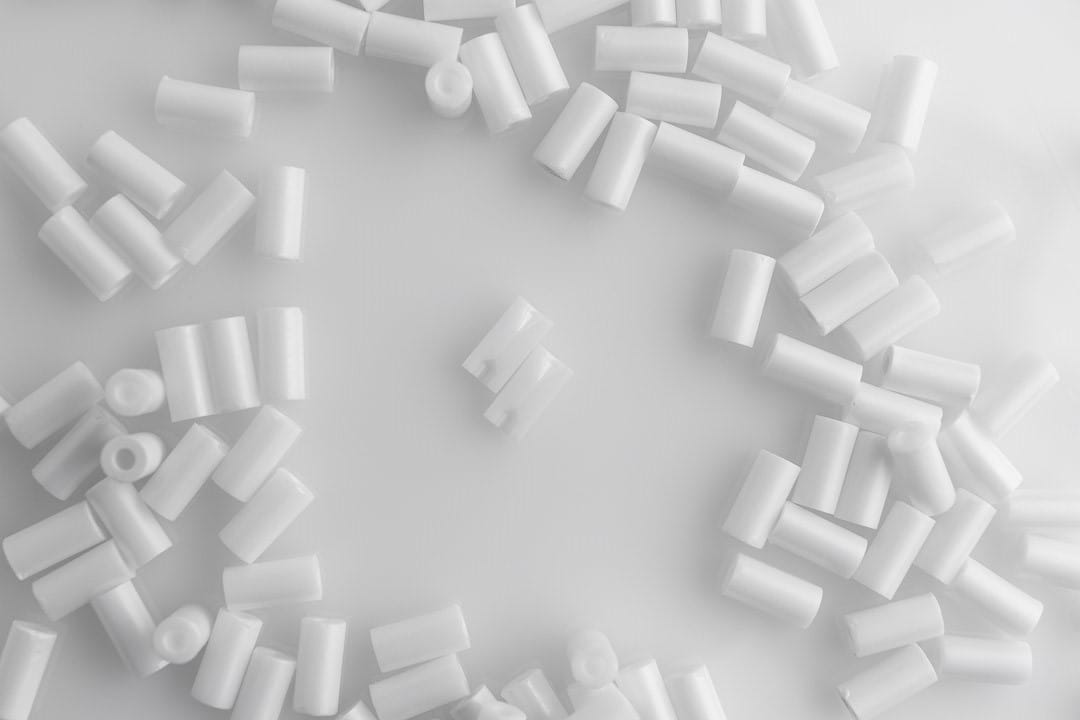
The benefits
- Forming net or near net shape parts
- Improving productivity and efficiency
- Lower manufacturing cost
- Improving product performance
- High volumes / high degree of reproducibility
- Smooth surface finish (no traces of machining like milling)
- Tight tolerances, typically ±0.3% of the dimension
We can achieve even tighter tolerances and higher surface parameters by applying techniques such as 5 axis CNC precision grinding.

Applications
Ceramic Injection Moulding makes it commercially feasible to manufacture complex geometries, with features such as undercuts, perpendicular holes, screw threads et cetera, that were previously too difficult and/or expensive using other traditional production techniques. Shaping components in one and the same process combined with the beneficial features of ceramic like wear and corrosion resistance, superior hardness, high mechanical strength and thermal stability make it an interesting technology to use for various markets. CIM components can be used for example in medical devices, orthodontics, automotive, aero engines, watches, vacuum applications, consumer products, and many more application possibilities.
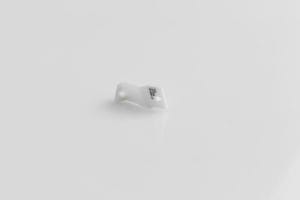
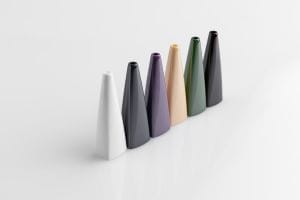
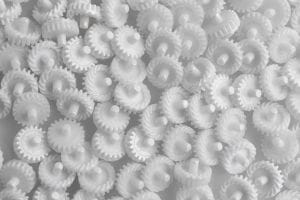
Ceramic injection moulding materials
In principle, any ceramic powder is suited to apply to the Ceramic Injection Moulding process. We specialize in:
- Alumina
- Zirconia
- ATZ
- Electrostatic Discharge (ESD) material

Ceramic injection moulding process
After deciding which ceramic you want to have for your application, the CIM process is as follows:
The first step in CIM begins with very fine ceramic powders which are compounded with polymer binders into a feedstock. During moulding, the feedstock plasticizes and is injected with high pressure into the cavity.
After moulding, the product is in the green phase where we sometimes apply machining, for example to remove the injection point and to add additional features which are not possible with moulding or to simplify the moulding process.
The next step is removing the binder thermally or chemically in a furnace, a so called debinding process.
Debinding is followed by sintering. During this step, the ceramic particles fuse together and become a solid piece. The outcome is a fully dense ceramic component. In this final stage, the outstanding ceramic properties have been achieved.
Upon customer request, we can perform additional surface finishing like polishing, sandblasting and lasering for full customization of the parts/products.
With 20+ years of knowledge and experience, CIM has proven to be a reliable manufacturing method if you need volume production quantities of components in a superior material that can withstand physical, thermal, electrical and chemical challenges. It is an effective way producing complex precision parts with a high grade of repeatability and reproducibility.

